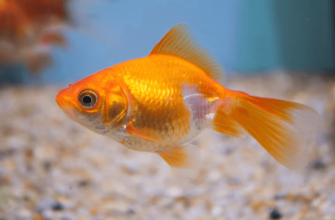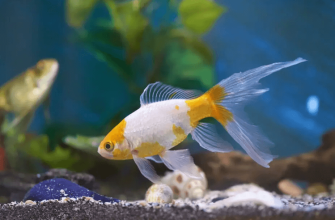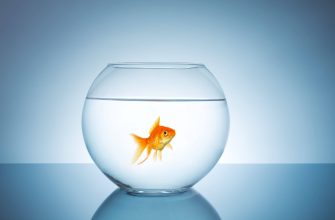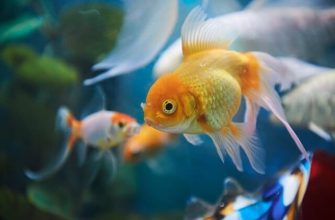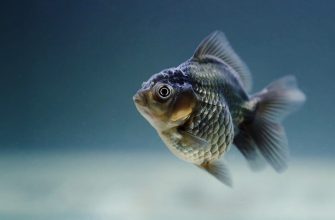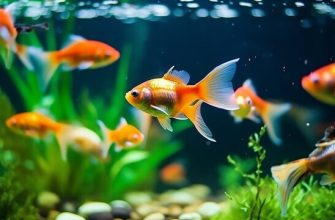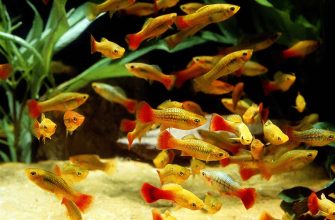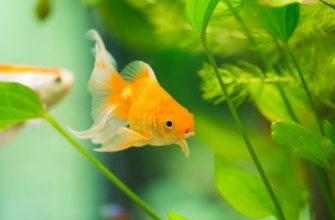Goldfish are one of the most popular pet fish, with over 150 million kept in homes around the world. Their vibrant colors, unique shapes, and lively personalities have captivated aquarium enthusiasts for centuries.
While goldfish are relatively easy pets to care for, there’s an ongoing debate around whether or not they need air pumps and bubblers in their tanks. Some claim bubblers are absolutely essential, while others insist they’re unnecessary.
So what’s the real answer – do goldfish need bubblers? In this article, we’ll dive into the details around bubblers, examine the pros and cons, and help you decide if your goldfish really need extra aeration.
What Is A Bubbler?
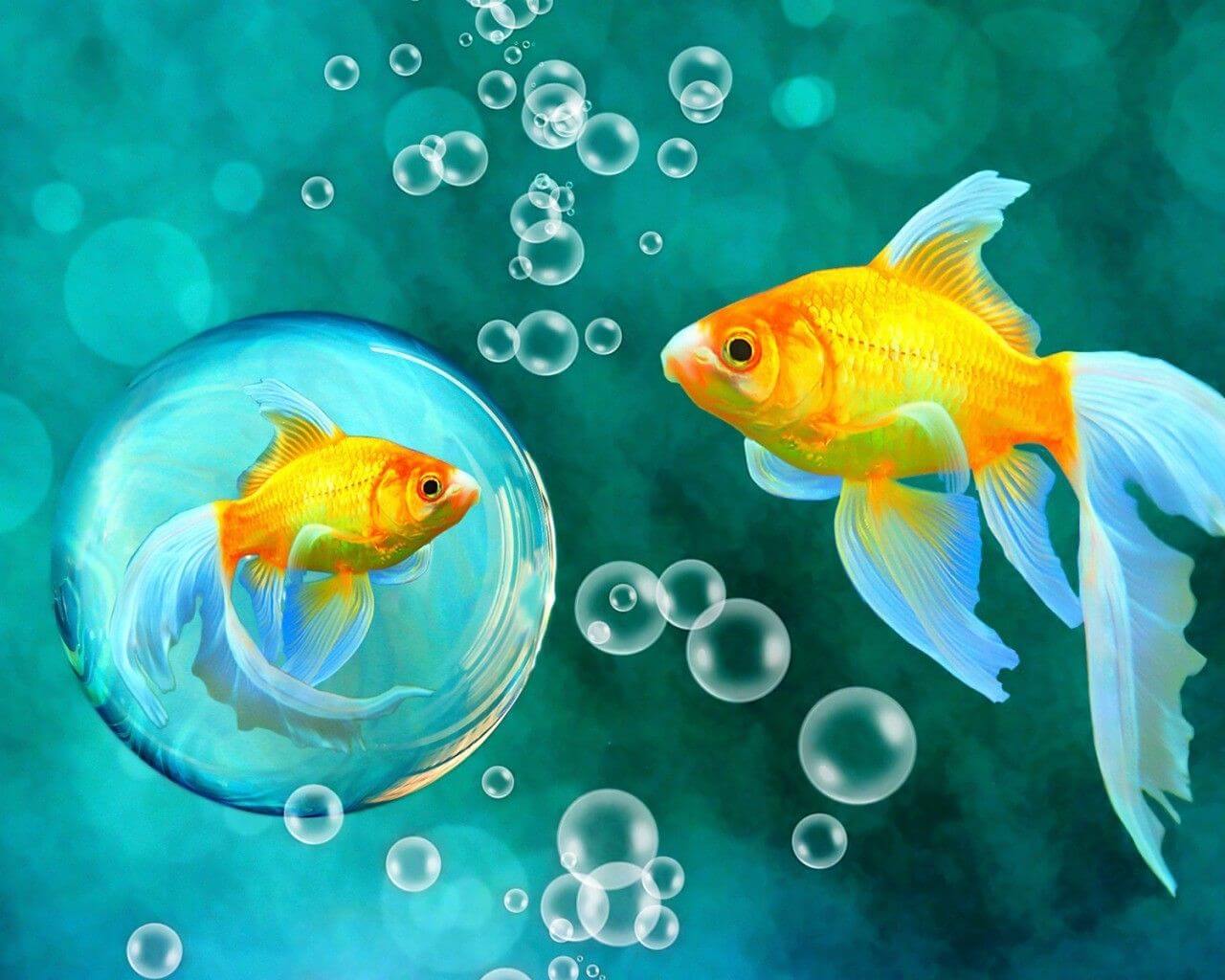
A bubbler, also known as an airstone or aquarium bubbler, is a piece of aquarium equipment that is connected to an air pump via tubing. The purpose of a bubbler is to increase surface agitation and aeration in an aquarium by creating small bubbles that rise to the surface.
Bubblers work by utilizing an air pump to push air through the tubing and into the bubbler, which then breaks the air into tiny bubbles. These bubbles circulate through the water, increasing surface agitation. This agitation helps facilitate gas exchange at the surface – oxygen from the air can dissolve into the water, while carbon dioxide and other gases can escape from the water into the air.
Overall, bubblers help add oxygen to aquarium water and improve water circulation. The small bubbles provide added aeration while also producing a visually pleasing effect in the aquarium. Bubblers are commonly used in aquariums that contain fish that require highly oxygenated water.
Why Bubblers Are Used
Bubblers are commonly used in aquariums and fish tanks to add oxygen to the water, circulate water, and agitate the surface. The air bubbles released from the bubbler help aerate the water, which is critical for fish respiration. Without proper aeration, the water can become stagnant and low in oxygen.
The air bubbles also create water movement and circulation in the tank. This prevents dead spots where waste can accumulate and water conditions deteriorate. The water movement helps distribute heat, nutrients, and dissolved oxygen evenly throughout the tank.
Finally, bubblers agitate the water surface. This helps facilitate gas exchange between the water and air. Oxygen from the atmosphere can dissolve into the water, while carbon dioxide and other waste gases can be released. This gas exchange is vital for maintaining water quality.
Do Goldfish Need Bubblers?
Whether or not goldfish need a bubbler depends on a few key factors like tank size, stocking level, and presence of plants. In smaller tanks that are heavily stocked with fish, a bubbler is often necessary to help oxygenate the water. The more fish in a tank, the more oxygen they will consume through respiration. Without adequate surface agitation from a filter or bubbler, oxygen levels can quickly drop to dangerous levels.
However, in larger tanks with lower stocking densities and plenty of aquatic plants, a dedicated bubbler may not be required. The plants will release oxygen into the water through photosynthesis during the day. As long as the filter provides some surface agitation, there is often enough gas exchange to maintain sufficient oxygen. So in these situations, a bubbler is optional.
Benefits of Using a Bubbler
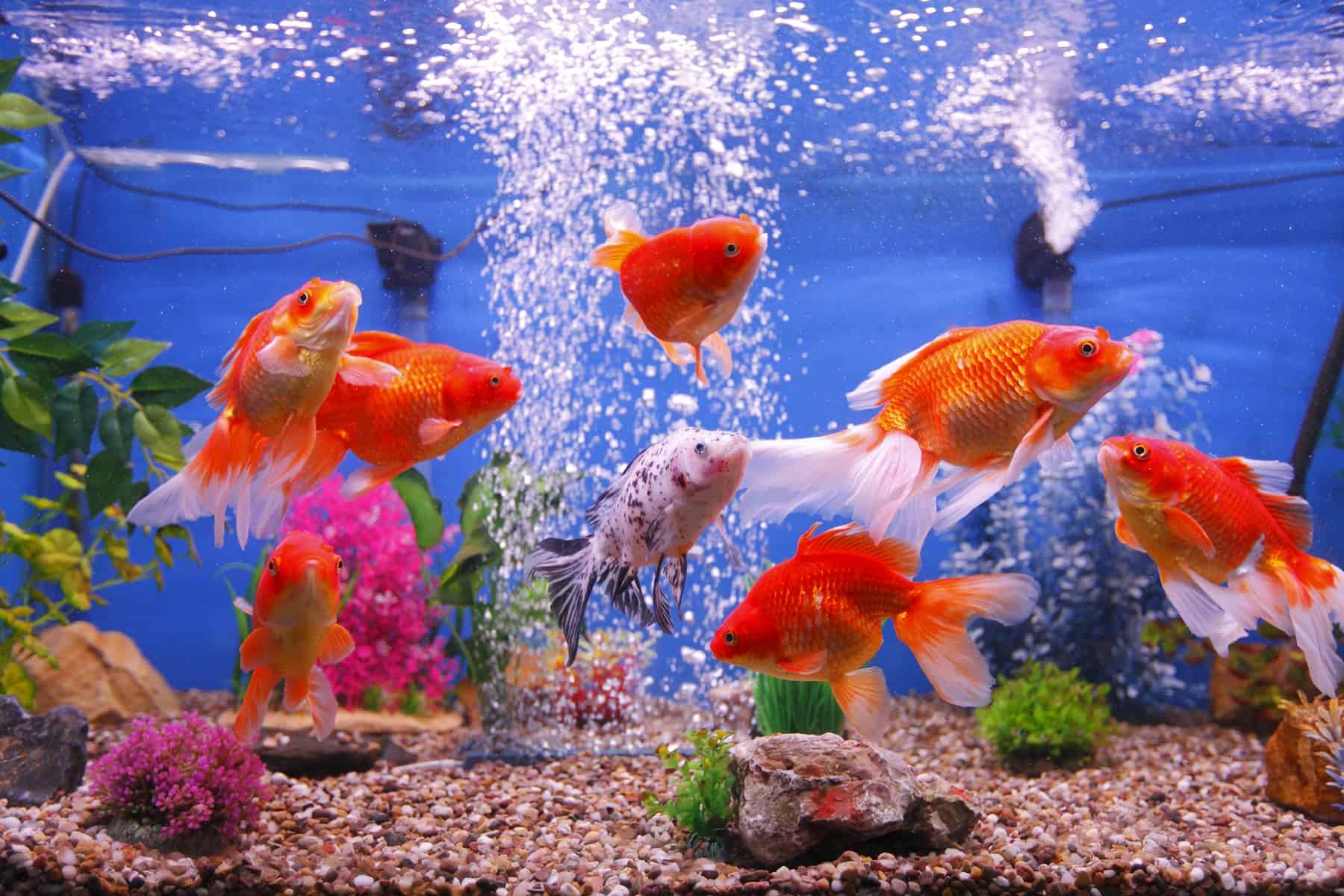
Using an aquarium bubbler provides several benefits for a fish tank.
The main benefits are:
-
Oxygenation – Bubblers help oxygenate the water by increasing surface agitation as the bubbles rise to the top. This allows for more gas exchange with the air, replenishing oxygen levels in the water.
-
Circulation – The rising bubbles create water movement and circulation in the tank. This brings oxygen-rich water from the surface down to lower levels.
-
Gas exchange – In addition to oxygenation, the surface agitation improves gas exchange at the surface. This allows carbon dioxide and other gases to escape from the water.
Bubblers are especially useful for heavily stocked tanks or those with high bioloads, as they can help replenish depleted oxygen levels. The added circulation also prevents stagnant spots and evenly distributes heat. Overall, bubblers provide important aeration and water movement for a healthy aquarium environment.
Downsides of Bubblers
Bubblers can create some downsides in an aquarium.
The main downsides are:
-
Noise – Bubblers can be noisy, with the humming of the air pump and the sound of bubbles constantly popping at the surface. This can be disruptive, especially in a bedroom or living area. The noise depends on the type and size of air pump used. Larger pumps tend to be noisier.
-
Increased evaporation – The stream of air bubbles causes increased evaporation and water loss from the aquarium. This means more frequent top-ups will be needed to maintain water levels. Increased evaporation can also lead to fluctuations in water parameters.
-
Equipment costs – There’s an initial cost for the bubbler equipment, including an air pump, airline tubing and air stones. Air pumps also consume electricity, adding slightly to energy bills. Replacement air stones and tubing will be needed periodically too.
Overall, while bubblers provide benefits, the downsides are mainly the ongoing noise, the need to top-up water more often, and the cost of buying and running the equipment. These should be weighed up when deciding whether a bubbler is necessary for your particular aquarium setup. Moderation is recommended, rather than having multiple bubblers running continuously at high flow rates.
Alternatives to Bubblers
There are a few alternatives to using a bubbler in your aquarium that can help oxygenate the water.
Surface Agitators
Using a filter outlet or powerhead directed at the surface of the water can create surface agitation and gas exchange. This helps increase oxygenation without adding bubbles throughout the tank. Many hang-on-back filters have an adjustable outflow nozzle that allows you to aim the water at the surface.
Air Stones
Air stones connected to an air pump diffuse air into fine bubbles to increase surface agitation. They provide a similar effect as bubblers but with smaller, more dispersed bubbles. Air stones come in various shapes and sizes to distribute bubbles efficiently. They can be positioned anywhere in the tank.
Aquarium Plants
Live aquarium plants like Anacharis, Hornwort, and Water Sprite help produce oxygen through photosynthesis. Having a heavily planted tank can eliminate the need for extra aeration. The plants release oxygen into the water during the day. Just be sure to provide adequate lighting for photosynthesis.
Bubbler Recommendations
When choosing a bubbler for your goldfish tank, there are some key factors to consider:
-
Tank Size: Bubblers come in different sizes and airflow capacities. For a 10-20 gallon goldfish tank, a small air stone or bubble wand is sufficient. For larger tanks up to 55 gallons, choose a medium-sized air stone. Tanks over 55 gallons may need multiple air stones or airstones with higher airflow ratings.
-
Setup Tips: Place the bubbler towards the back of the tank to prevent excessive water turbulence. Position it above the gravel or aquarium bottom. Ensure all bubbler tubing is securely attached to prevent leaks. Check that the bubbler is fully submerged but doesn’t touch the gravel to prevent clogging.
-
Type: Bubble wands provide the widest airflow coverage in larger tanks. For small tanks, a basic cylindrical air stone works well. Stick-on air stones are also an option for smaller tanks.
With the right bubbler setup for your tank size, you can provide proper aeration and water circulation for your goldfish. Monitor your fish after installing it to ensure they don’t show signs of stress from too much water turbulence. Adjust the airflow if needed to find the right balance.
Signs a Bubbler Is Needed
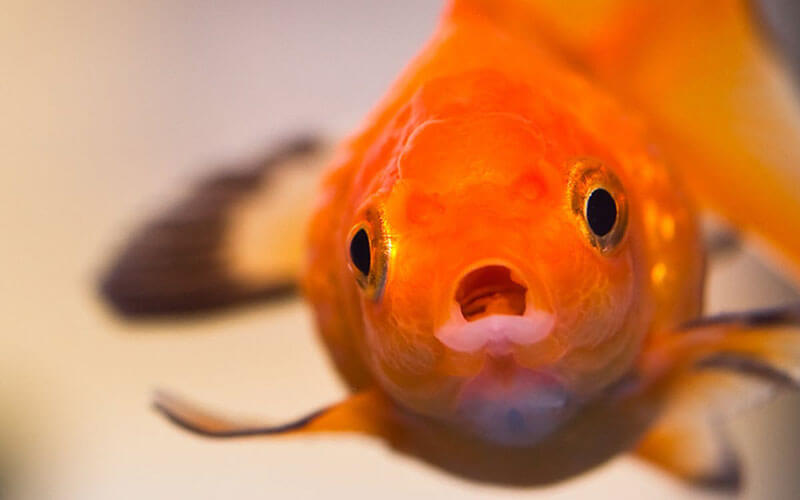
There are a few key signs that indicate your goldfish tank needs a bubbler:
-
Goldfish gasping for air at the water’s surface. This is a clear sign of low oxygen levels in the tank. Goldfish gulp air at the surface when there is insufficient oxygen dissolved in the water.
-
Lethargic goldfish. Low oxygen will cause goldfish to become inactive and sluggish as they lack the energy to swim around. They may stay still for long periods.
-
Goldfish gulping or piping. You may see your goldfish open and close their mouths repeatedly at the surface. This is called “piping” and is another attempt to get more oxygen.
-
Increased algae growth. Excess algae growth can be indicative of poor water circulation and low oxygenation. The algae competes with the fish for oxygen.
-
High ammonia levels. Poor oxygenation prevents beneficial bacteria from converting ammonia into less toxic compounds. High ammonia is toxic to goldfish.
If you observe any of these signs in your goldfish tank, it’s advisable to add an air bubbler as soon as possible to increase oxygenation and water circulation. This will improve conditions and relieve stress for your goldfish.
Conclusion
Goldfish are among the most popular pet fish, and for good reason. They are hardy, easy to care for, and come in a variety of beautiful colors and fin types. When it comes to oxygenation, one question that often comes up is whether or not goldfish need a bubbler in their tank.
The answer is not a definitive yes or no. Bubblers can provide benefits like increased oxygen and water circulation. However, they are not an absolute requirement for goldfish health. With proper tank size, filtration, and maintenance, goldfish can thrive without bubblers. Small tanks and overstocking increase the need for extra aeration.
Some signs that a bubbler may be needed include fish gasping at the surface, low energy levels, and gill discoloration. If in doubt, adding a bubbler poses little downside other than minor cost. But it’s also fine to rely on filtration and plants for oxygenation. Focus on the fundamentals like water changes, testing, and avoiding overfeeding.
In the end, every tank is different. Carefully observe your goldfish and adjust accordingly. Bubblers can be helpful but are not mandatory. The most critical factor is maintaining excellent water quality and environmental conditions through routine care and maintenance.

